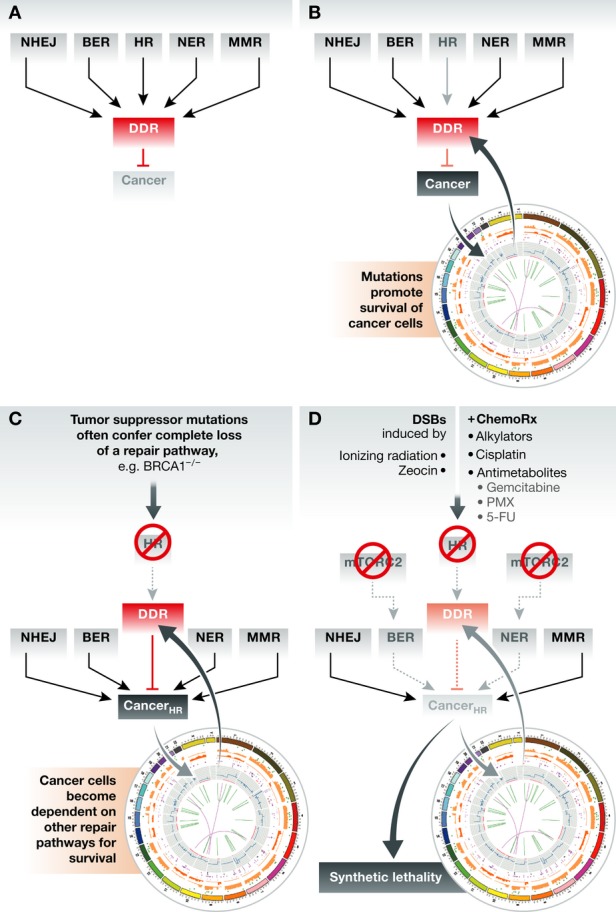Figure 2. Combinational therapies that impair multiple repair pathways can provoke synergistic lethality in “damage-addicted” cancer cells.

(A) Multiple repair pathways including non-homologous end joining (NHEJ), base-excision repair (BER), homologous recombination (HR), nucleotide excision repair (NER), and mismatch repair (MMR) protect the cellular genome from damage through conserved pathways that collectively activate the DNA damage response (DDR). (B) In precancerous lesions, overwhelming damage or weakened repair capacity (for example. loss of HR) can lead to selection for mutations that promote survival. Transformed cells often exhibit constitutively activated DDR and enhanced genomic instability. (C) Loss of a repair pathway (through inherited or incurred mutation, e.g. HR) can render cancer cells “addicted” or dependent on the other repair pathways (CancerHR). (D) Combined therapies that are effective against tumors bearing mutant repair pathways often inhibit a second repair pathway. This could be by targeting a general repair factor (e.g. PARP) or—as suggested here—the mTORC2 complex. The resulting accumulation of irreparable damage leads to cell death (synthetic lethality). DNA-damaging agents could enhance the synthetic lethality. Illustration partially adapted (with permission) from Forbes et al (2011).
